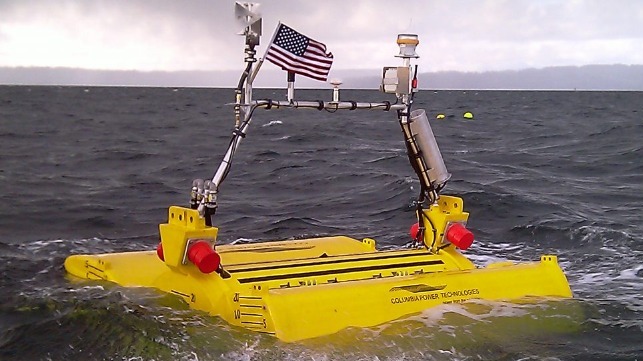Stand-Alone Wave Power Generator Starts Testing off Hawaii

Wave energy startup C-Power is set to conduct a trial of a self-contained power generation and storage unit at a U.S. Navy test site off the coast of Hawaii. The company's project - the SeaRAY autonomous offshore power system (AOPS) - combines a surface wave energy converter with a seafloor base unit that contains a 100 kWh battery pack. The mooring cable that connects them also contains power and comms links.
“The ocean is a power desert. Providing reliable power and real-time data communications through an AOPS is critical to unlock the full potential of the marine economy. The SeaRAY delivers these capabilities and enables a future of cheaper, safer, cleaner, more connected offshore operations,” said Reenst Lesemann, CEO of C–Power.
The sea trials will begin later this year at the Navy’s Wave Energy Testing Site (WETS), located off Marine Corps Base Hawaii on Oahu. After it is deployed, the SeaRAY system will provide power for several payloads for a period of six months.
SeaRAY's roots date back to the early 2010s, when C-Power began evaluating hundreds of designs in search of a robust and reliable solution. Through software-aided design work, it landed on a relatively simple layout with one central cylindrical generator unit and two "wings" that rise and fall with the waves.
The design was developed with the assistance of a $3 million Department of Energy-sponsored R&D program, and the stand-alone model is intended to support unmanned offshore activities and equipment - like subsea vehicles, sensor packages and equipment. The system is designed to fit inside two standard shipping containers, and it can be deployed into the water using a small installation vessel.
After the completion of the WETS sea trials, C–Power hopes to complete the commercial launch of the SeaRAY device in 2021.
